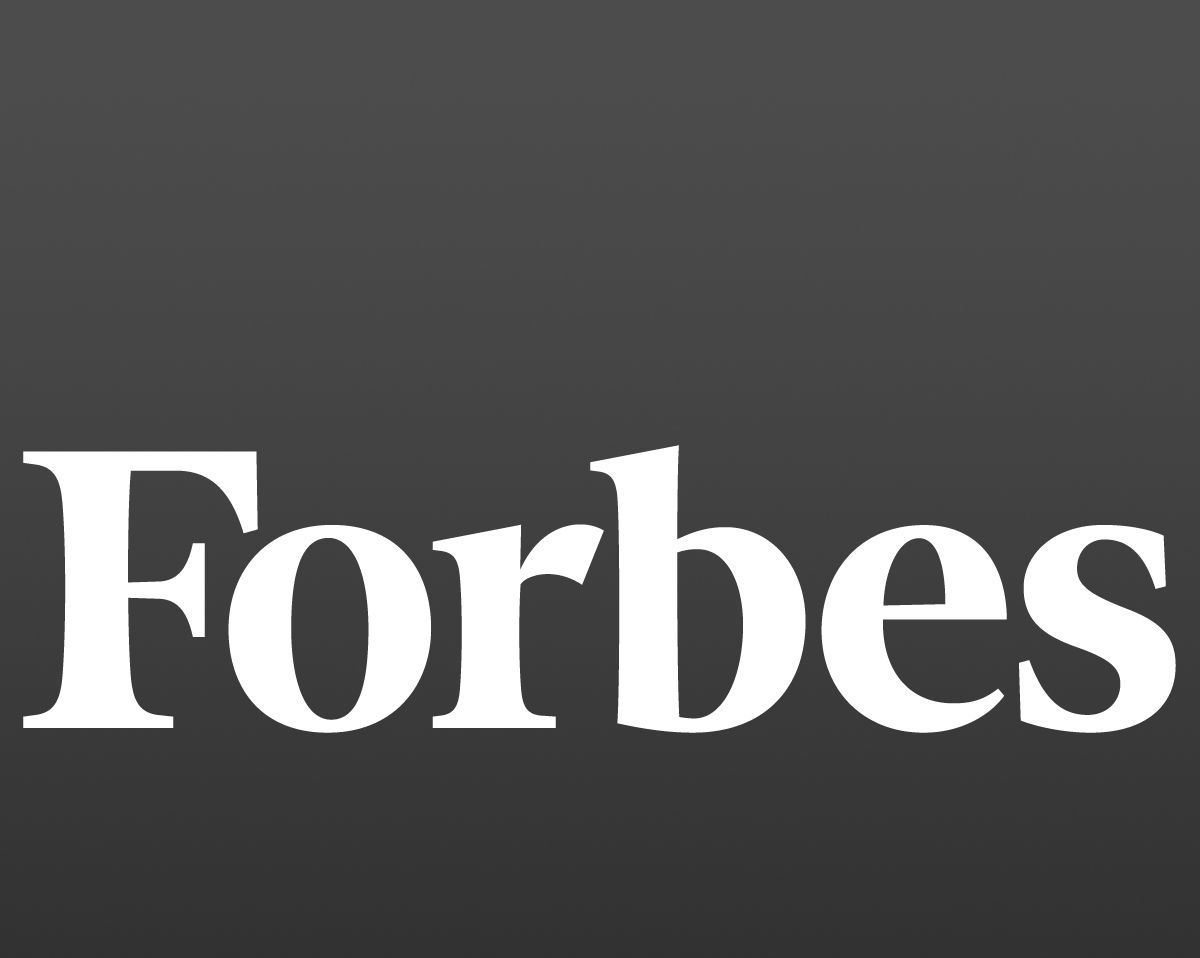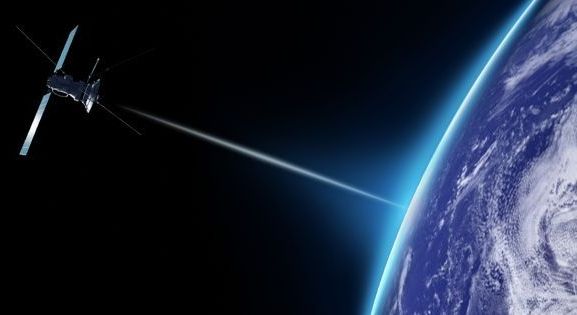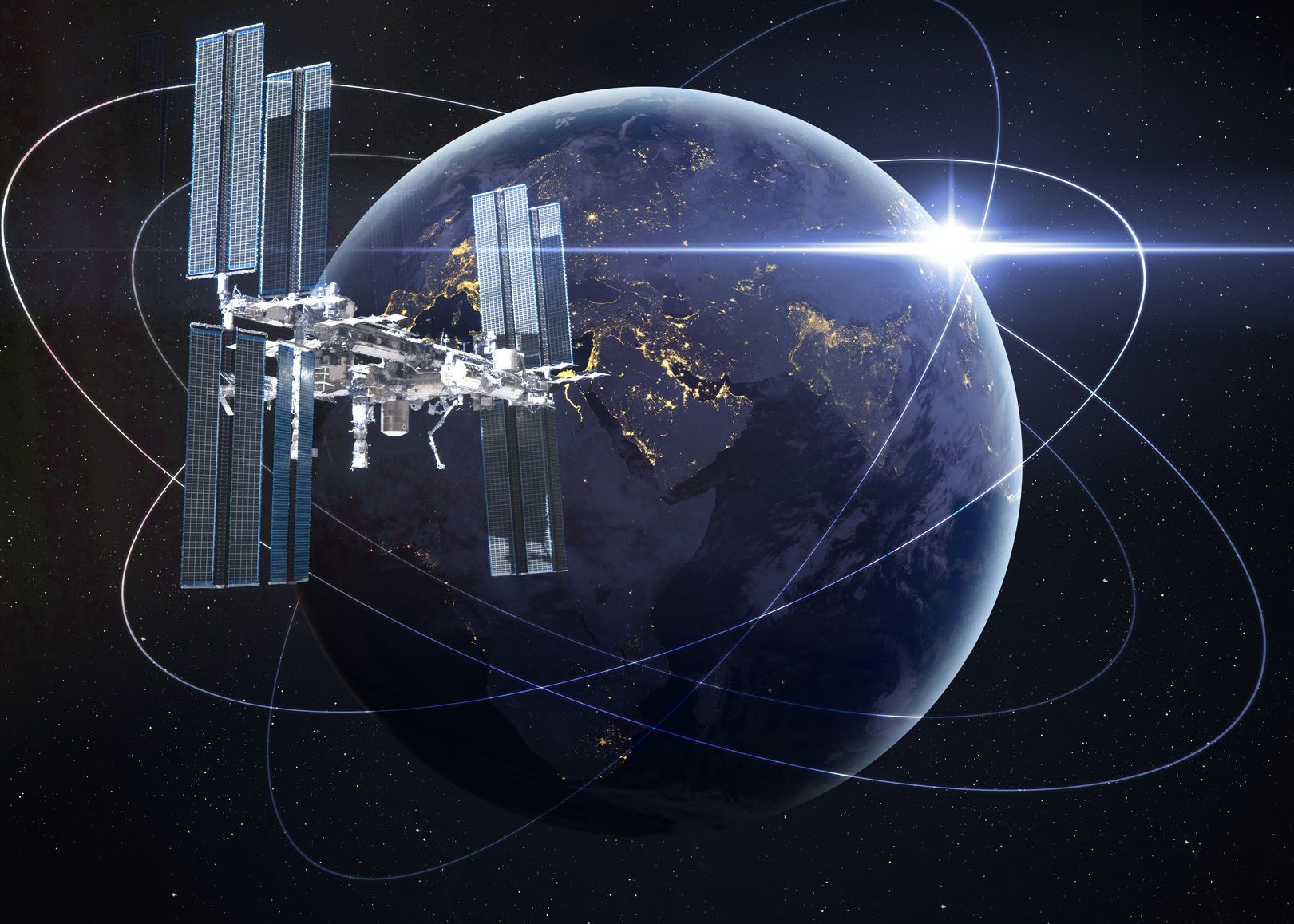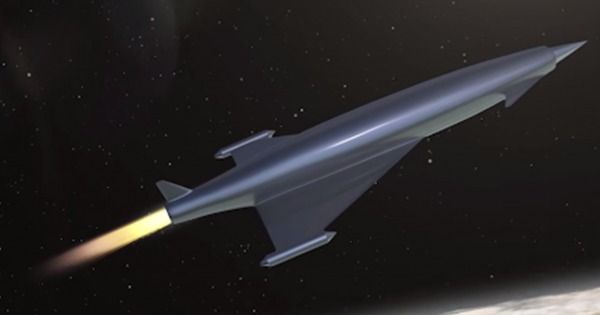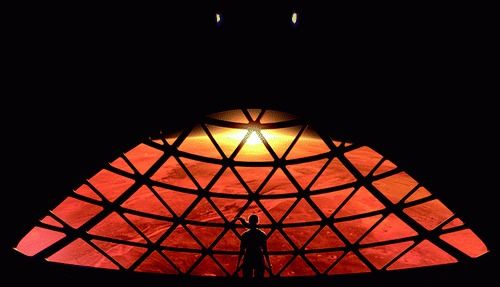The government’s mission to put the UK at the forefront of commercial spaceflight has been given a big boost after plans were announced to build the world’s first private space research centre in Bedfordshire. The £120 million Blue Abyss facility will be constructed at RAF Henlow, providing domestic and international companies with access to the world’s biggest 50 metre deep pool, a 120 room hotel, an astronaut training centre and a “human performance centre” that will help divers, astronauts and athletes train at the very top level.
The base, which is set to fully close in 2020, already houses some of the facilities that paid-for astronauts need to acclimatise to the rigours of space. Its centrifuge base, for example, will expose space-goers to extreme G forces as part of their commercial astronaut training programme. The idea is to provide the necessary services needed by private spaceflight providers to get their passengers launch ready.
The pool, which will be three times deeper than NASA’s 12 metre Neutral Buoyancy Laboratory (NBL), won’t just be used for space projects. Offshore oil, gas and renewable companies will be invited to test their equipment in Blue Abyss’ waters. Submersibles will also be welcome, allowing companies to test underwater vehicles in “extreme environments.”


